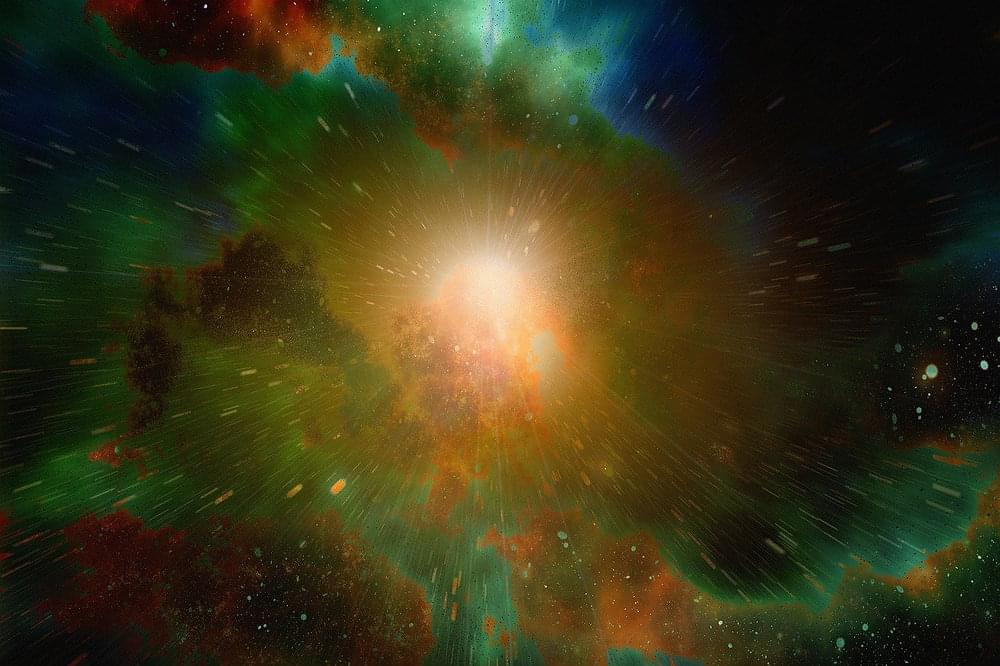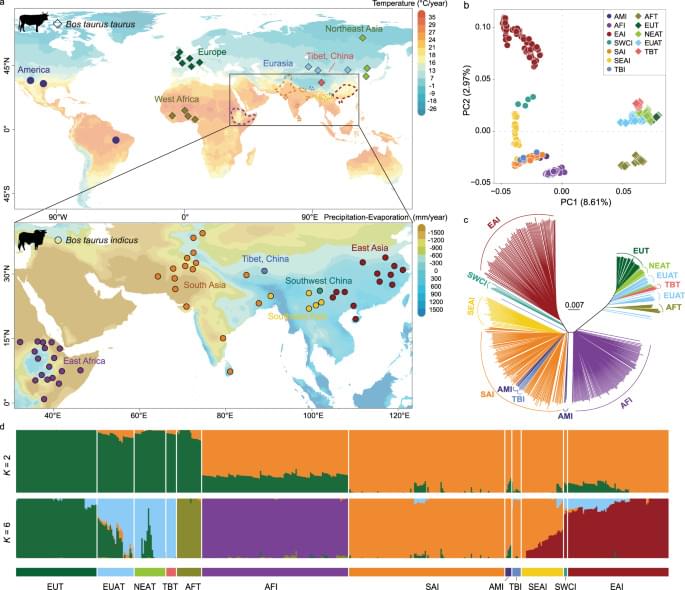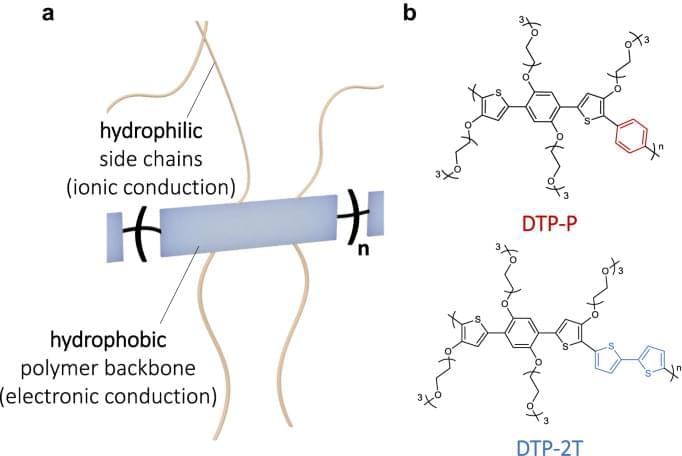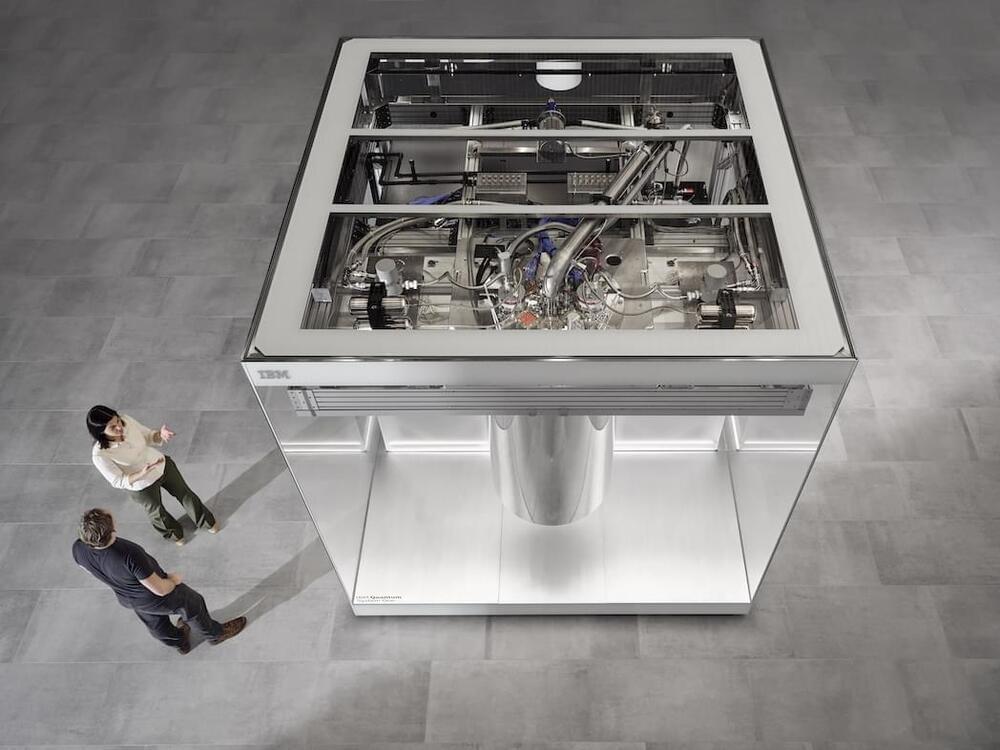High-intensity interval training (HIIT) has become very popular; alternating short periods of intense anaerobic exercise with recovery periods, it is designed to help to decrease body fat, increase strength and endurance, and improve healthspan in protocols that last approximately half an hour.
But these days, even finding half an hour can be tricky – enter CAROL Bike, an exercise bike designed around Reduced Exertion HIIT (REHIT) and AI-personalization, meaning an effective workout can be delivered in just 5 minutes.
Longevity. Technology: Developed in collaboration with leading exercise researchers, CAROL Bike not only improves fitness, but increases VO₂, reduces blood pressure and decreases the risk of diabetes. Given CAROL Bike’s foundation being scientific studies, rather than just ‘feel the burn’ or ‘if it hurts, it must be working’, we were intrigued. We sat down with CAROL Bike’s cofounder and CEO Ulrich Dempfle, who leveraged his background in mechanical engineering to develop the world’s only Reduced Exertion HIIT (REHIT) bike.








